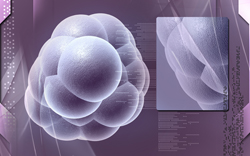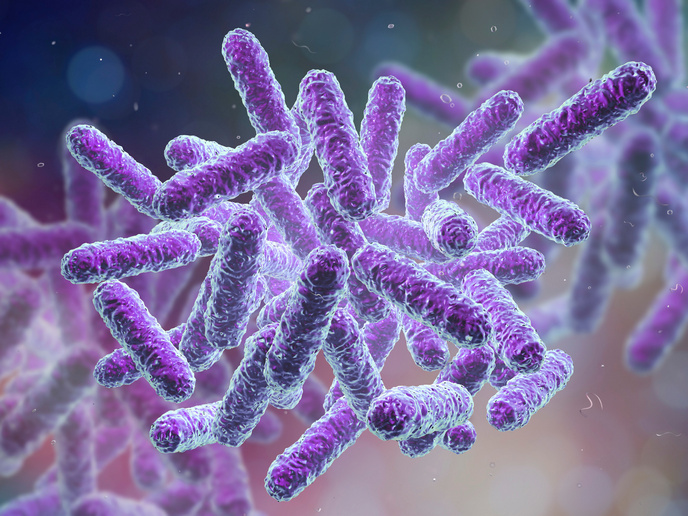Epigenetic reprogramming during development
Cell fate decisions and differentiation during development are determined by strictly regulated gene expression events. In turn, genes are turned on or off through chromatin remodelling and DNA modification. The EU-funded REPROGRAMMING project worked on elucidating the molecular mechanisms involved in genome-wide DNA demethylation in the mouse zygote immediately after fertilisation. Although the kinetics of this process during development is well documented, the initial events associated with removal of DNA methylation marks are a mystery. To this end, scientists set out to study epigenetic reprogramming by focusing on the recently discovered ten-eleven translocation (TET) proteins. These remove the methylation of DNA at locations known as CpG islands by converting the methylated cytosine (5mC) to hydroxymethylcytosine (5hmC). The latter is believed to have a role in epigenetic reprogramming in the developing mouse embryo. Using fluorescence imaging, researchers followed in vivo the disappearance of 5mC and 5hmC formation in the newly formed zygote. Their observations did not reveal a direct and immediate conversion of 5mC to 5hmC, possibly implying that 5hmC and DNA demethylation are distinct events. Further experiments in vitro validated these conclusions and additionally indicated that activation of the DNA repair pathways in the zygote is independent of 5hmC appearance. The use of liquid chromatography coupled with mass spectrometry enabled scientists to accurately detect a reduction in the levels of 5mC in primordial germ cells (PGCs). These cells will eventually form the future gametes of the embryo. This confirmed the implication of DNA demethylation as a process for generating a new DNA methylation profile in accordance with PGC function. Collectively, the results of the REPROGRAMMING study provide important insight into the mechanisms driving DNA demethylation early in development and in PGCs. The generated information stands to help improve the efficiency of manipulating cell fate in vitro and find applications in regenerative medicine through iPS cell technology.







